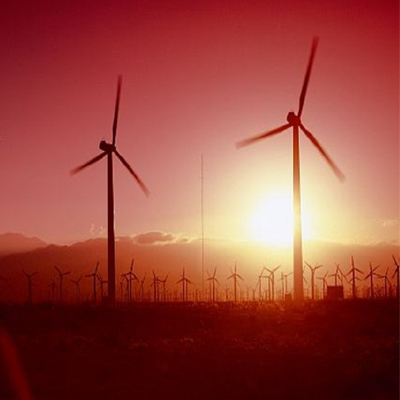At a glance
- SponsorUnited Kingdom Centre for Marine Energy Research
- Funded£190,480
- PartnersUniversity of Edinburgh; University of Strathclyde, University of Exeter, Swansea University
There are a number of challenges in wave and tidal energy conversion that exist today. Cranfield will work closely with the University of Exeter on two core challenges; risk and reliability, and material and structural integrity.
Risk and reliability: This work will explore a move away from iterative engineering design towards a conceptual mathematical approach that brings together probabilistic reliability methods and state of the art mathematical modelling techniques to optimise design processes for offshore energy. It will develop the capability to map available design spaces in multiple dimensions to optimise reliability-based designs for given site characteristics.
Materials and structural integrity: The design of the first generation of offshore mono-pile and tubular joint steel structures, mooring systems and other critical structural components for offshore renewable energy has been based largely on often decades old Oil & Gas standards and guidance. Advances in materials, fabrication technologies, inspection and design techniques have evolved beyond recognition, and not to embrace contemporary materials and methods in structural integrity is likely to jeopardise the ability of structural engineers’ to achieve cost competitive marine renewable energy structures and structural components.
Cranfield is an ideal partner in this project as the renewable energy activities range from modelling of fluid-structure interaction, materials through to advanced risk and reliability-based model development for offshore and marine renewable energy structures. Cranfield also brings to the Centre an industrial network spanning the sector and applied expertise for Energy and Power facilities including full/large-scale component testing at cryogenic, room and high temperatures under simulated service environments (corrosion, erosion etc.) loading (monotonic, fatigue, impact and creep), marine hydrodynamics and environmental impact assessment.

